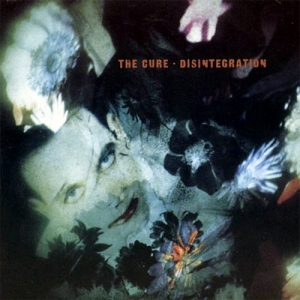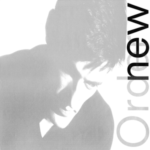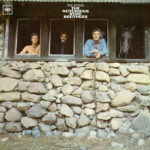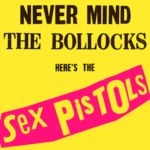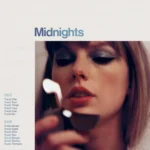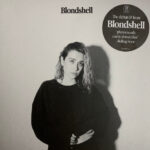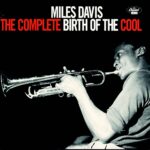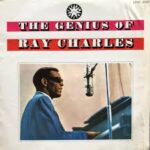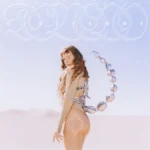 The Cure’s eighth studio album, “Disintegration,” released in 1990, stands as one of the band’s most iconic and influential works. With its dark and introspective themes, atmospheric soundscapes, and Robert Smith’s hauntingly emotive vocals, the album solidified The Cure’s place as one of the pioneers of alternative and gothic rock. “Disintegration” is a sprawling masterpiece that captivates listeners with its melancholic beauty and timeless appeal.
The Cure’s eighth studio album, “Disintegration,” released in 1990, stands as one of the band’s most iconic and influential works. With its dark and introspective themes, atmospheric soundscapes, and Robert Smith’s hauntingly emotive vocals, the album solidified The Cure’s place as one of the pioneers of alternative and gothic rock. “Disintegration” is a sprawling masterpiece that captivates listeners with its melancholic beauty and timeless appeal.
The album opens with the mesmerizing “Plainsong,” a sprawling and atmospheric track that sets the mood for the entire album. The combination of lush guitar textures, haunting synths, and Simon Gallup’s prominent basslines creates a sonic landscape that draws the listener in. Robert Smith’s lyrics, filled with introspection and longing, resonate deeply, showcasing his ability to convey complex emotions with poetic grace.
“Disintegration” is known for its epic centerpiece, the iconic track “Pictures of You.” Clocking in at over seven minutes, the song is a testament to The Cure’s ability to create immersive and emotionally charged music. The shimmering guitars, ethereal keyboards, and Smith’s heartfelt vocals create a sense of longing and nostalgia that lingers long after the song ends.
The album’s title track, “Disintegration,” further explores the band’s signature sound. The somber guitar lines, swirling synths, and Smith’s pained vocals merge seamlessly, creating a dark and introspective atmosphere. The song gradually builds in intensity, reaching a cathartic climax that is both exhilarating and emotionally devastating.
Other standout tracks include the hauntingly beautiful “Lovesong,” which juxtaposes a catchy melody with lyrics of longing and devotion. The brooding and atmospheric “Closedown” features a mesmerizing guitar riff and showcases the band’s talent for creating sonic landscapes that transport listeners to a different emotional realm.
One of the defining aspects of “Disintegration” is its production, which perfectly captures the album’s atmospheric and ethereal qualities. The layered instrumentation, carefully crafted textures, and precise mix enhance the depth and richness of each track. The production showcases the band’s attention to detail and their commitment to creating a cohesive and immersive listening experience.
The album’s overall sonic palette, characterized by swirling guitars, atmospheric synths, and melancholic melodies, creates a distinct mood that remains consistent throughout. The Cure’s ability to balance introspective and introspective songwriting with memorable hooks and melodies is what makes “Disintegration” a timeless and influential album.
“Disintegration” is not just a collection of songs; it is a cohesive and immersive journey into the depths of human emotion. The album’s themes of love, loss, and existentialism resonate with listeners on a profound level. It is a testament to The Cure’s artistry and their ability to create music that is both introspective and accessible.
In conclusion, The Cure’s “Disintegration” is a masterpiece of alternative and gothic rock. With its atmospheric soundscapes, haunting melodies, and introspective lyrics, the album remains a landmark in the band’s discography and a touchstone for the genre as a whole. It is a timeless and emotionally resonant work of art that continues to captivate listeners decades after its release. “Disintegration” is a must-listen for fans of alternative and gothic rock, as well as anyone seeking music that delves into the depths of human emotion with honesty and beauty.
This post has already been read 364 times!
